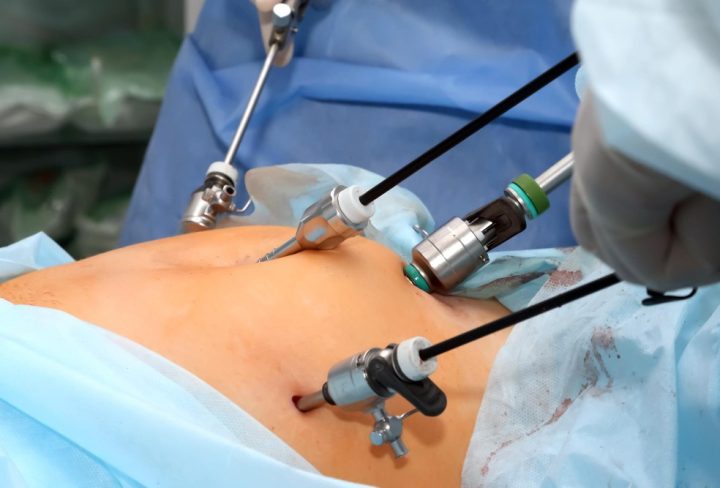Hysterectomy is a surgical operation that involves the removal of a woman’s uterus. Traditionally, this was done through a large cut in the belly, known as abdominal hysterectomy. There’s also the vaginal approach, where the uterus is taken out through the birth canal. But now, laparoscopic hysterectomy procedures are becoming more popular.
A lap hysterectomy is a minimally invasive option. Here, doctors make small cuts and use tiny tools and a camera to perform the surgery. This modern method offers quicker recovery, less pain, and smaller scars.
This blog aims to help you understand more about what a lap hysterectomy is. We’ll explore why it might be suggested to you or someone you know. Understanding these options can empower decision-making about one’s health.
What Is a Lap Hysterectomy and Why Is It Performed?
So, what exactly is a lap hysterectomy? This procedure uses tiny cuts to access the uterus. Doctors use special tools and cameras to safely remove the uterus in a way that’s less invasive than traditional methods.
People might need a lap hysterectomy for different reasons:
- Fibroids: These are non-cancerous growths in the uterus that can cause pain or heavy bleeding.
- Endometriosis: This condition occurs when tissue similar to the lining inside the uterus grows outside of it, leading to pain and potentially affecting fertility.
- Chronic pelvic pain: This pain lasts for six months or longer and doesn’t go away with typical treatments.
There are specific lap hysterectomy indications that can make this procedure necessary, like serious bleeding or discomfort that affects life quality. However, not everyone is a candidate. Some might have lap hysterectomy contraindications, such as having other medical conditions that make surgery risky.
Understanding these factors is crucial. Knowing why doctors might recommend a lap hysterectomy helps patients make informed decisions.
Detailed Lap Hysterectomy Procedure and Potential Risks
Let’s dive into the details of the laparoscopic hysterectomy procedure. Before surgery, there are some preparations like fasting and getting your documents ready. During surgery, doctors usually follow these steps:
- Preparation: Patients are given anesthesia. This ensures they are asleep and feel no pain.
- Making Small Cuts: Tiny cuts are made in the belly. This is where the tools and camera go in.
- Performing the Procedure: Using these tools, surgeons detach the uterus. They can watch what they are doing on a screen showing the camera feed.
- Removing the Uterus: The uterus is either taken out in pieces or fully, depending on the situation. Any tools are carefully removed, and the cuts are stitched or glued shut.
There are new advancements that make laparoscopic hysterectomy procedures even safer. Better cameras and tools help doctors see better and perform the surgery more smoothly.
However, no surgery is without potential downsides. Detailed lap hysterectomy risks include typical surgical risks such as infections and bleeding. Occasionally, there might be specific risks such as injury to nearby organs. But, with the right-skilled surgeons, laparoscopic hysterectomy procedure is considered quite safe.
Recovery, Benefits, and Myths Related to Lap Hysterectomy
After a lap hysterectomy, recovery is usually quick. Most people go home within a day. Expect around 4 to 6 weeks for full recovery, but most daily activities can be resumed sooner.
There are many benefits of lap hysterectomy:
- Less pain after surgery.
- Smaller scars that are less noticeable.
- Quicker return to normal activities and routines.
- Improved quality of life with many symptoms of conditions like fibroids being alleviated.
Despite these benefits, some myths persist. One myth is that having the surgery will lead to early menopause or that lap hysterectomy affects sexual function. Evidence shows that this isn’t true.
Dispelling these myths helps patients discuss concerns openly with their doctors. Knowing the true facts about what a lap hysterectomy entails can ease worries and lead to better healthcare choices.
In summary, understanding lap hysterectomy indications, potential risks, and lap hysterectomy recovery time ensures patients enter surgery well-informed. Empowered decisions based on sound knowledge lead to better outcomes and peace of mind.
